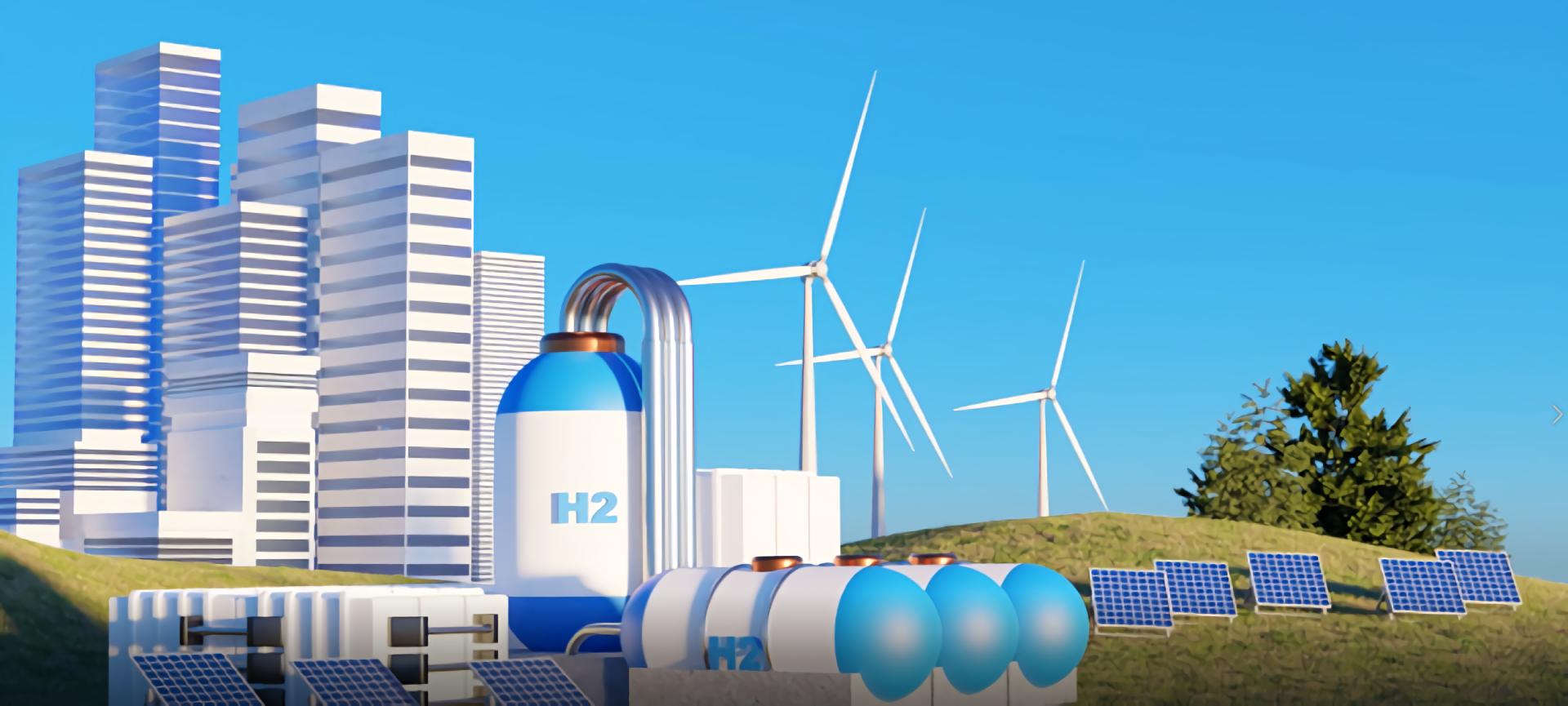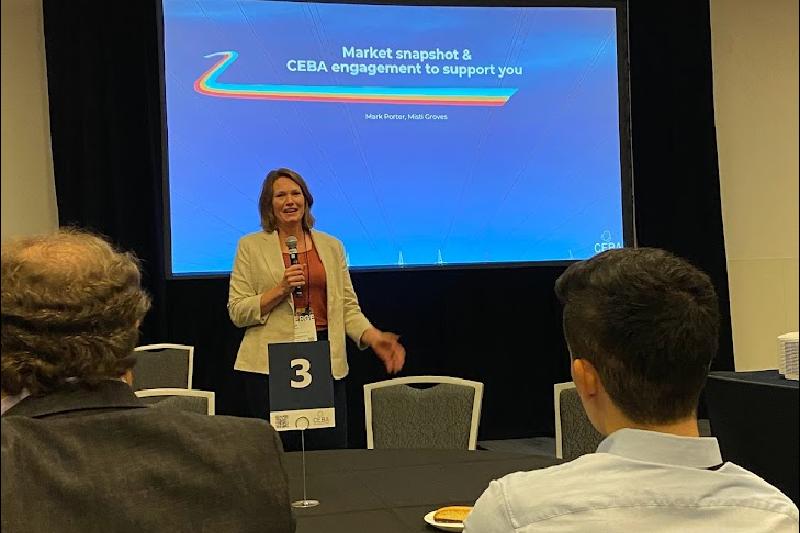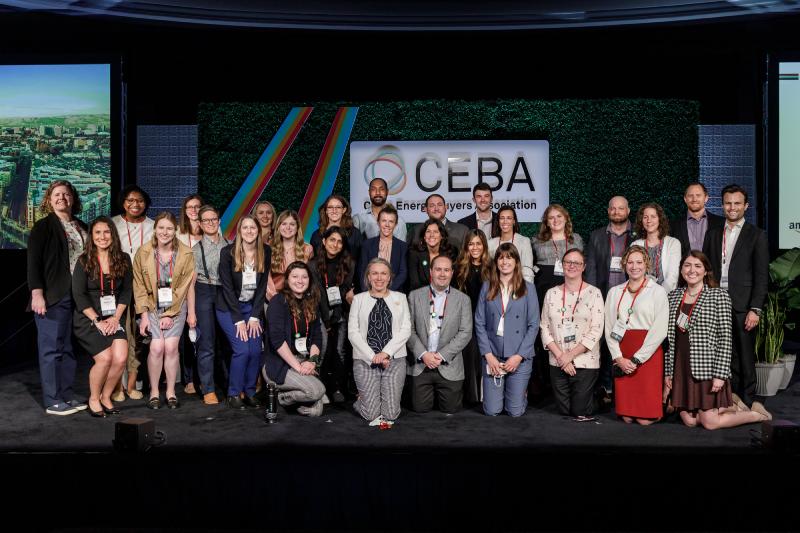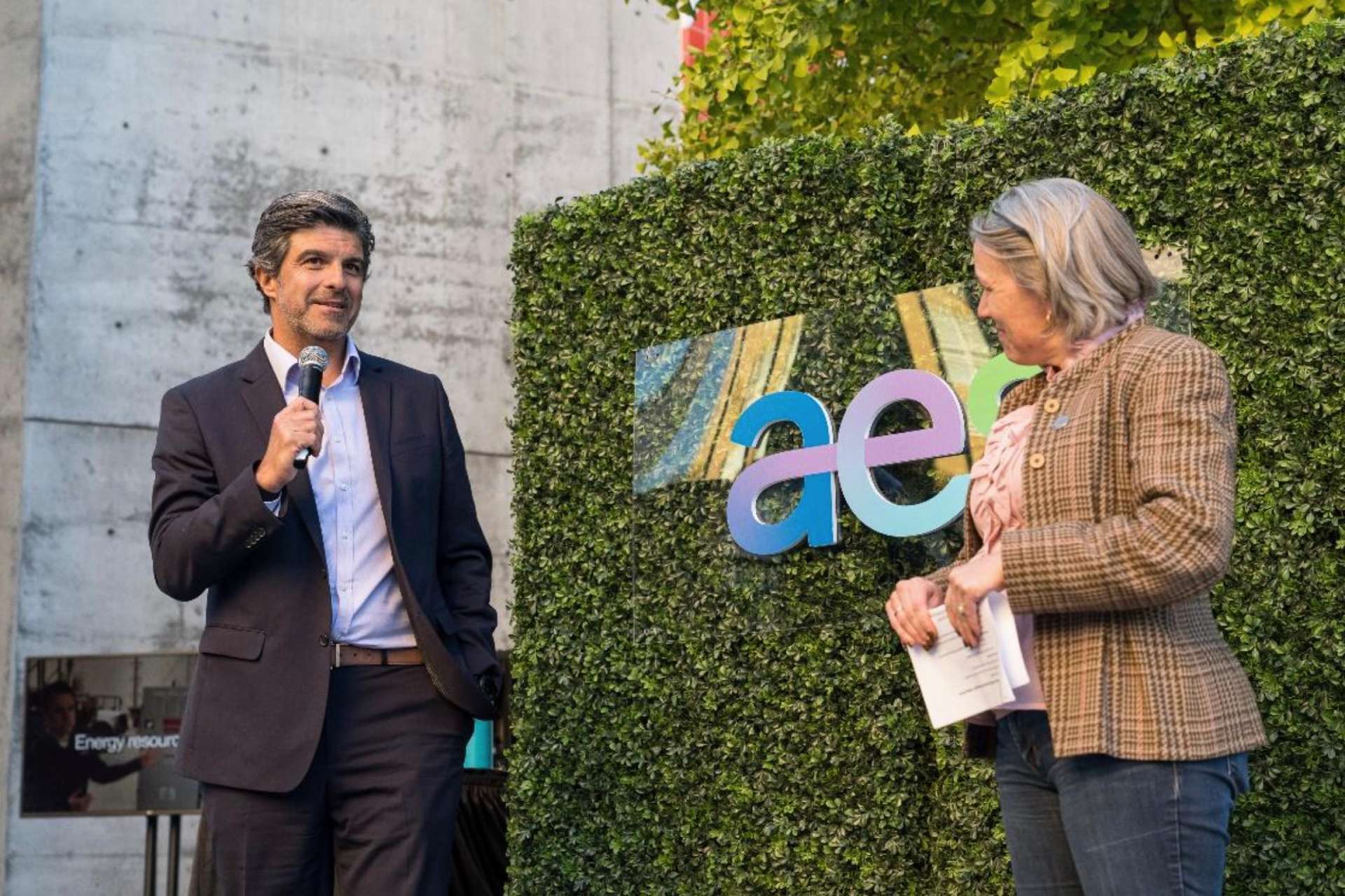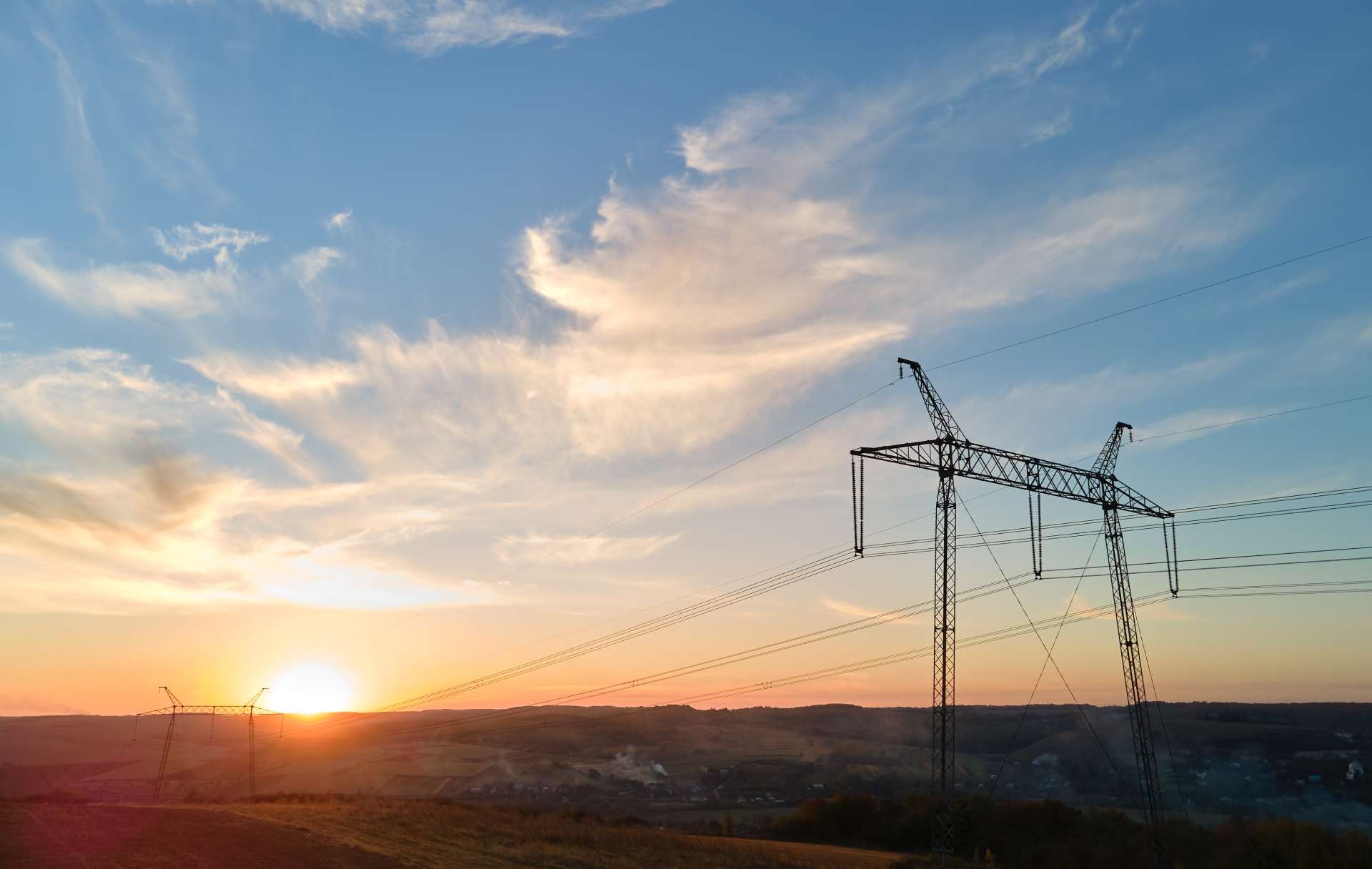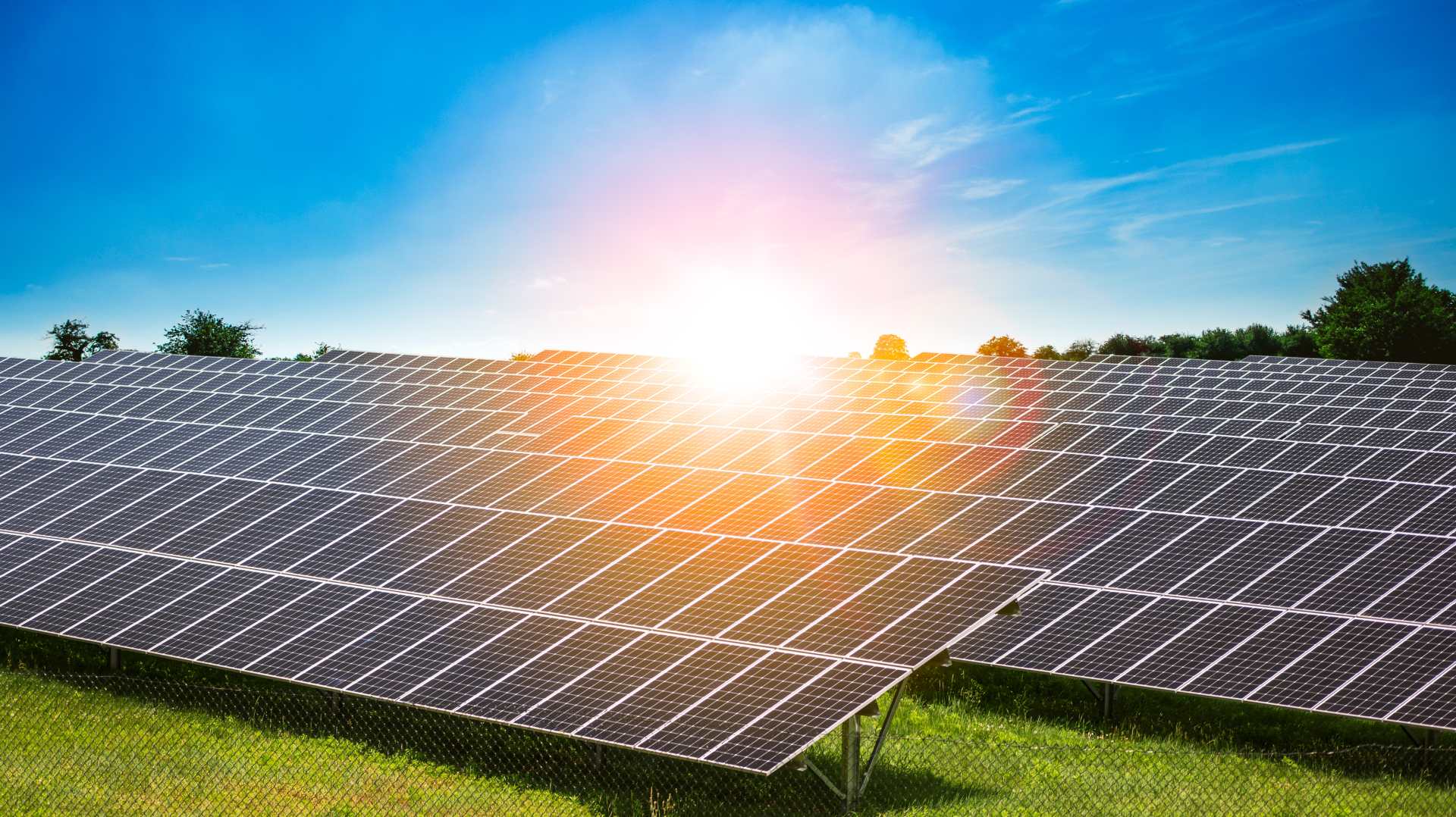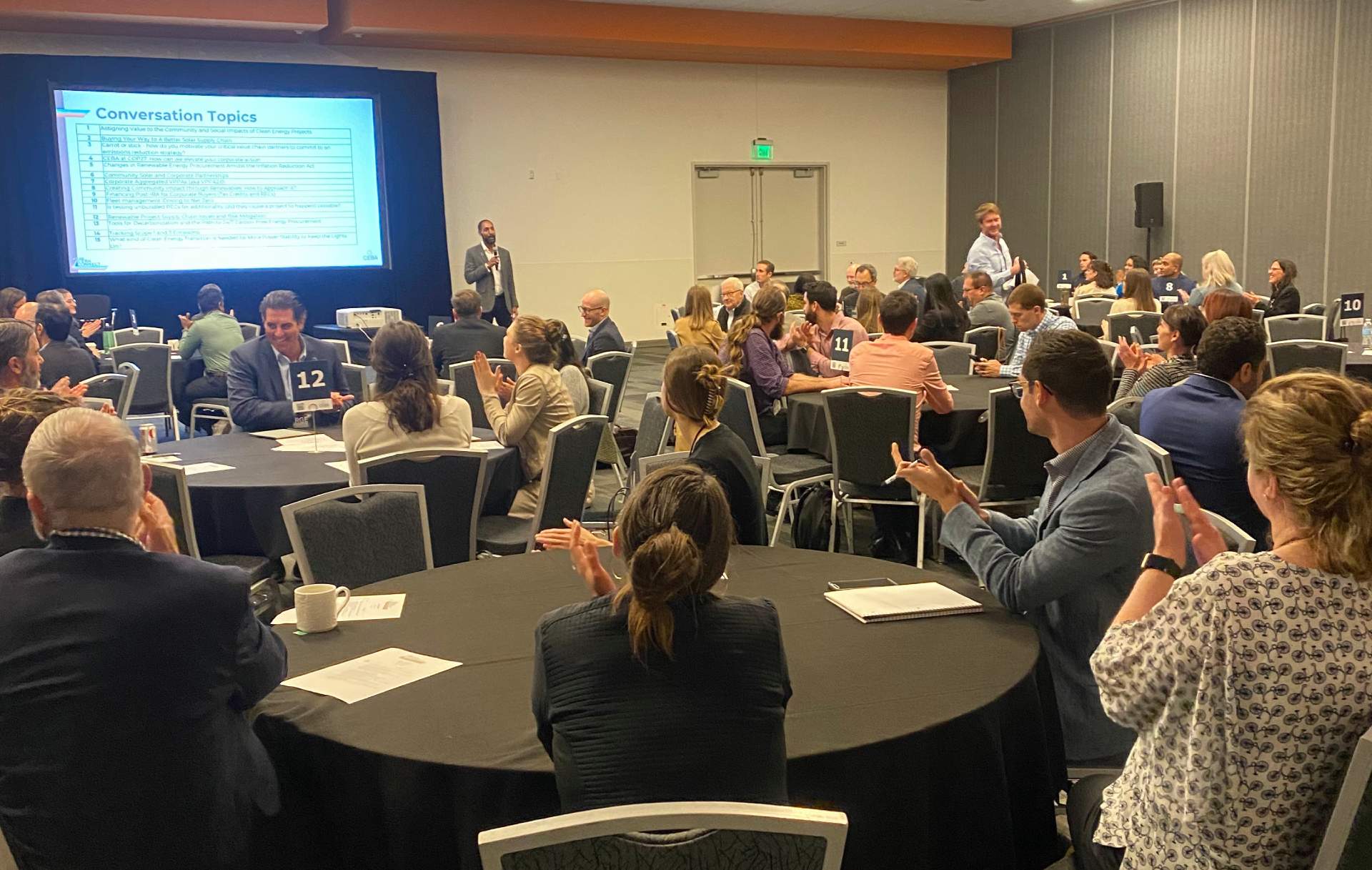Things to Do in Seattle During CEBA Connect: Spring Summit
The Great Indoors
You’re registered — you are registered, right? — and your calendar is set for CEBA Connect: Spring Summit in Seattle May 9-11. While we finesse the agenda, develop content like deep dives, collaborative sessions, and networking events, you have a few things to take care of.
First and foremost: Book your hotel! Utilize the CEBA room blocks to ensure you’re staying in the action and close to the event.
Now that you have that taken care of, decide how you’ll squeeze in some fun! Last week we wrote about all the amazing adventures you can embark on out and about in our Things to do In Seattle: The Great Outdoors blog.
Not the outdoorsy type? Not to fear, the options abound for indoor fun in the Emerald City.
How about some liquid energy?
Seattle is somewhat synonymous with coffee. And the CEBA community is all about energy, so of course we are going to love a good coffee. Stop by the Starbucks Reserve Roastery to enjoy a flight of coffees, cocktails, or food in an immersive one-of-a-kind space. For a bit of caffeinated history in the Capitol Hill neighborhood, you can visit the original Starbucks Pike Place store. Thank you to CEBA member Starbucks for hosting us in the city of their origin!
Hey, CEBA, can we go thrift shopping?
Feed your shopping addiction by checking out the incredible vintage offerings in the old Ballard Avenue historic district. The street is packed with options, here are few to get you started.
Lucky Vintage has bold, vintage clothes for any style. ReStyle for Ryther is a store with a good cause. Run by volunteers, the profits all go to therapy and residential treatment for young people struggling with mental illness.
Music lovers, stop by Sonic Boom Records to pick up a new or vintage record, CD, or cassette. The shop also hosts live music events. If Northwest indie rock is your niche, you’ll definitely want to check them out. Tweet us what you discover, we love a sustainable find!
Go to new heights.
Seattle’s famous Space Needle — pictured in literally anything that mentions or features Seattle in any way — was built in 1962 for the World’s Fair and symbolizes “the innovative and forward-thinking spirit of Seattle.”
The needle stands 605 feet tall and provides 360-degree panoramic views of downtown, Mount Rainier, Puget Sound, and the Cascades and Olympic mountain ranges. If you haven’t been since 2018, walk the new glass staircase to The Loupe and experience the world’s first — and only — rotating glass floor.
Fun and games.
Once you have both feet back on the ground, head to Jupiter, the coolest little pinball bar for local art, cocktails, an arcade, and a pool table.
Take a break and grab a drink at Unicorn Bar, where Macklemore filmed the Thrift Shop music video. Unicorn and Narwhal are two carnival themed bars, each unique with claw machines, arcades, photo booths, weekly events, and carnival food.
If indoor mini golf is your game of choice, play a round at Flat Stick Pub and enjoy the local art in Pioneer square.
And a bit of culture.
You maybe have seen Dale Chihuly work all over the world, but did you know he discovered his love of glass while studying interior design at the University of Washington? Now, in his birthplace, you can visit the Chihuly Garden and Glass Museum. Wander through the glass house and gardens, take an audio tour, or even stay for a live demonstration.
Try your hand at being a DJ in the Sounds Lab at the Museum of Pop Culture . Look through artifacts from music, literature, and television and interact with the exhibits.
Both of these incredible places are right next to the Space Needle to make a full day of culture and fun.
Seattle has so much to offer. We’ll take care of the networking and learning, but deciding how to spend your time outside of Summit will be up to you! We can’t wait to see you there!
—
May 9-11 is going to be a packed week, and we are so thrilled to keep adding things to the calendar. CEBA Connect: Spring Summit happens only once a year, be sure to register so you don’t miss out! Not a member, and you want to attend this event to connect with peers, exchange learnings, questions, and innovative ideas? Learn about CEBA membership.




